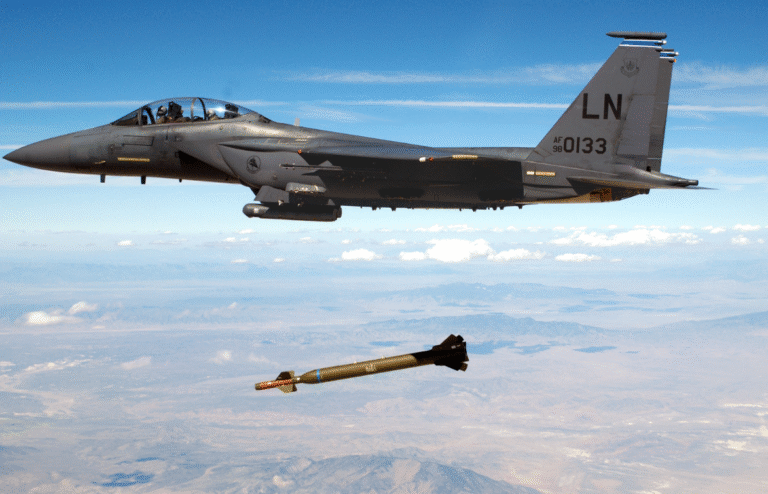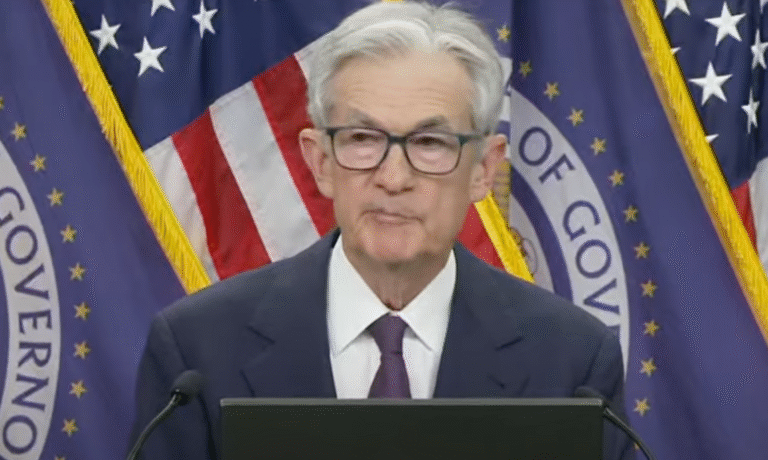
Last week, on June 12, Israel launched Operation Rising Lion, striking Iran’s major nuclear facilities. Many feared the worst, as conflicts in the Middle East, particularly between Israel and Palestine, had been growing worse. However, Israel’s conflict with a second nation finally seemed to be impacting the world.
Crude Oil prices skyrocketed last week, as prices were as low as $64.50/barrel on June 11th, jumping all the way to $76.75/barrel (+19%) late Thursday after the conflict hit the headlines. The conflict heated up over the weekend as Iran retaliated and Israel struck back.

The Israeli-Irani conflict continued to heat up as hundreds of jets were launched from Israel to Iran
While the fighting continued over the weekend, oil prices opened much lower at just under $74/barrel. They are currently around $71.50/barrel, down 6.8% from their peak last week.

Trading Economics shows the oil prices peaking at around $76.75 last week
Many feared that gas and oil prices would spike because of this conflict, and prices seemingly moved in the direction everyone had expected. Gasoline prices reported on Trading Economics were as low as $2.07/gallon* (wholesale) on June 11. Prices spiked to $2.31/gallon +11.6% on June 12. Fortunately, gas prices are down as well, most recently reported at around $2.20/gallon Monday night.

The United States does not directly trade/purchase oil with Iran. Because of this, Americans can be assured that they are energy independent of the Middle Eastern country, but this could mean that other shortages might occur due to the fears of escalating conflicts. Lim Hui Jie reported with CNBC that the Strait of Hormuz is open as of Sunday. The Strait of Hormuz is an important strategic location for much of the world’s energy trade. Approximately 25% of the total global oil product flows through the strait, so if it were to close, we would likely see huge spikes in gas and oil prices.
*Gasoline prices on Trading Economics are considered wholesale and do not include additional fees such as taxes (state, local, etc.) and other markups for additional expenses like travel.




